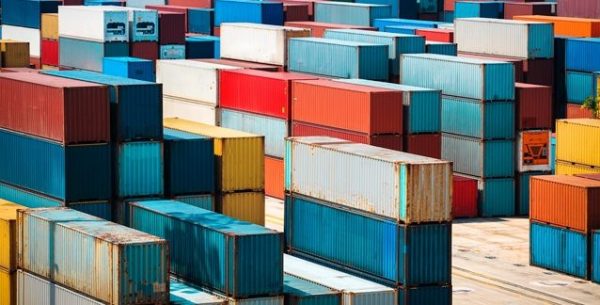UK P&I Club has issued a briefing to alert operators of the amendment to SOLAS Chapter VI Part A Reg.2 which comes into force on July 1st, 2016. The amendment requires, as a condition for loading a packed container onto a ship for export, that the container has a verified gross mass (‘VGM’).
As from 1st July 2016, it would be a violation of SOLAS to load a packed container onto a ship if the ship operator and marine terminal operator do not have the VGM of the container. All 163 Signatory States to SOLAS will need to implement this SOLAS amendment through their national legislation.
The Club warns that unless practical steps have been or are being taken to address the requirements brought in by this amendment, chaos and commercial disputes can be expected after 1st July 2016. In practice, a failure to comply will likely result in fines and penalties but it may also result in delays, disruptions to loading procedures and potential loss of business for carriers.
The Club highlights the following important points for this SOLAS amendment to be taken into consideration:
- To all ships to which SOLAS regulations apply (not only container ships).
- To packed containers intended for export. Containers here include tank containers, flat rack containers, bulk containers, containers on a chassis or trailer. Excluded are containers on a chassis or trailer on a ro-ro ship engaged on short international voyages, a container already on board a ship into which the master packs cargo items tendered to him and off-shore containers.
- To underweight as well as to overweight containers.
Responsibility
- The responsibility for obtaining and communicating the VGM of a packed container lies with the shipper. The VGM declared has to be signed off by a person duly authorised by the shipper.
- No separate obligation is imposed on the carrier or the terminal operator to check the VGM declared. However, as a condition for loading, the carrier and the terminal must ensure that every container on the ship’s stowage plan has a properly declared VGM. Carriers are also reminded that ultimate responsibility for the safety of the ship rests with the master and the owners.
- Two methods are prescribed for the shipper to obtain the VGM of a packed container; Method 1: weighing the packed container, and Method 2:Weighing all cargo items, including pallets, dunnage and other securing and packing material in the container and then adding to these the tare mass of the container.
- The VGM under both Methods 1 & 2, must be obtained using calibrated and certified weighing equipment that complies with the accuracy standards of the jurisdiction in which the equipment is used.
Checklist for carriers
- Check that your shippers are aware of their obligations under this SOLAS amendment. If not, it may be necessary to explain the same to them. Some States have set up accreditation and processes for shippers adopting Method 2 and shippers should be made aware that if they intend to use Method 2, they will need to obtain such accreditation timely, or alternatively use the services of an accredited company. Clear agreements must be reached on the exact method and form in which the VGM is to be communicated to the carrier by the shipper.
- Review your service contracts and carriers’ standard terms of carriage to address the additional issues brought in by this amendment. For example, previously agreed cut-off times may need to be re-negotiated to ensure that VGM information is received timely for use in the ship stow planning process. Situations of non-compliance will lead to additional costs and charges which may include repacking costs, storage costs and re-weighing costs. Responsibility for these costs may need to be clarified with your shippers. It is also recommended that a carrier’s exclusion from liability clause be inserted in relation to containers missing designated ships in the event of a late or discrepant VGM declaration being received.
- Review your terminal contracts or agree terms and procedures with terminals for dealing with just in time containers and containers with discrepant VGM declarations. Any cut-off times agreed with the terminals must clearly reflect and be consistent with cut-off times agreed with your shippers. As terminals will be reluctant to invoice each individual shipper separately, carriers may find themselves having to absorb the costs of repackaging, re-weighing and storing the containers at terminals in the first instance. Carriers wanting to ensure that such costs can be passed straight on to shippers must ensure that acceptable rates are agreed with both the terminals and shippers.
Source: The UK P&I Club
[divider]
Also read the following articles:
UK Club, TT Club welcome container weighing prior to loading onto ships
Industry coalition to address container weighing issues

































































